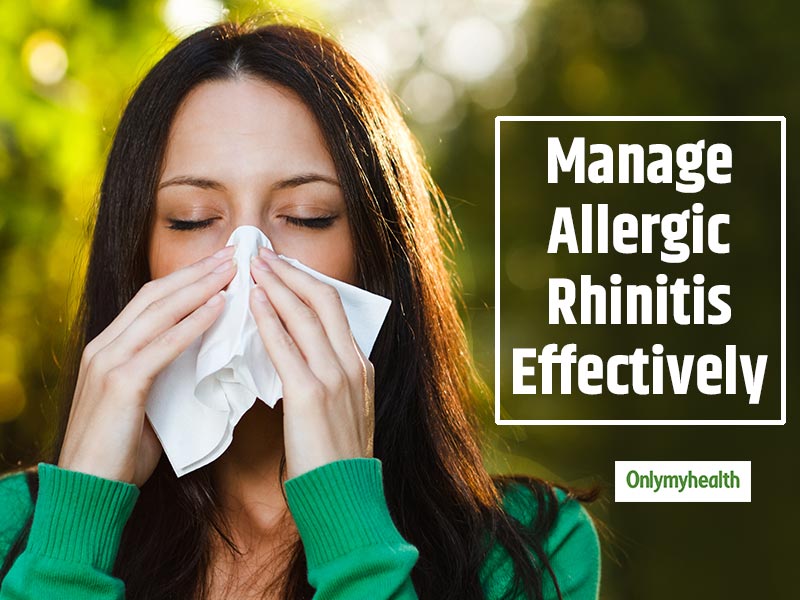
It all revolves around your immunity and with pollens, dust or food allergies giving you sleepless nights, unknowingly, you might be suffering from allergic rhinitis. Do you often complain of constant sneezing, runny and a stuffy nose, itchy eyes, skin or even mouth? All these are clear indicators of allergic rhinitis, and it may be in the form of skin rashes or an allergy happening due to a weak immune system. In this, the body starts reacting to several environmental factors. Also, known as hay fever, allergic rhinitis has some unusual symptoms, which include Itchy and a runny nose, constant sneezing, congestion in nose and fatigue. Further decoding it in two forms, the allergic rhinitis is of two types:
Table of Content:-
- Perennial: Those suffering from perennial allergic rhinitis suffer from symptoms all year long.
- Seasonal: This type is restricted to a specific season like spring or fall due to factors including weeds, seeds and pollens.
Also read: Madhuri Dixit Birthday: Beauty Secrets From the Ageless Diva
Triggers

Allergic rhinitis happens due to the many factors that always prevail in our surroundings. Just a whiff of air is enough to make you start sneezing for hours together. All this can be of a great ordeal if faced daily. Following are some of the triggers to this allergic reaction:
- Pollens from weed, grass and seeds, which are common to be found in open spaces or nearby fields and gardens
- Allergens found indoor like dust, dog hair and dust mites. All these may not be visible from the naked eyes, but these allergens are always around us
- Due to perfume fragrance, smoke and diesel odour
- The air of laundry detergents
- The strong smell of Chlorine and other cleaning agents
- Cosmetics
Apart from the triggers as mentioned above, allergic rhinitis can also be associated with several reasons and factors like:
- Disturbed sleep patterns
- Irritated mood
- Memory problems
- A decline in decision-making power
Also read: 6 Secret Anti-aging Rituals For Men To Look 10 Years Younger
Managing Hay Fever

This condition can be treated only with great care and precautions. Before opting for treatment options, one has to diagnose the reason behind this allergy. The purposes can be internal as well as external. The reasons may be several, but the one bothering the patient should be known to give medication related to the allergen. With an ailment like this, the patient’s energy levels are affected, leading to a change in behaviour and mannerism. One has to understand and act accordingly.
Diagnosis

Consult a physician, share a history of your food habits and help the doctor in pinpointing the alarming patterns that could lead to this. A skin test can be done in such cases to identify the allergens. It may take a little longer to determine the significant allergen behind this type of allergy, but one should have the patience to go through the whole treatment procedure. Following skin tests can be done:
- Patch Test: A tiny allergen is scratched into the skin to understand the reaction.
- Intradermal Test: A thin needle is used to inject a thin layer of allergen in the skin. Reaction time is checked on that part.
Read more articles on other diseases
How we keep this article up to date:
We work with experts and keep a close eye on the latest in health and wellness. Whenever there is a new research or helpful information, we update our articles with accurate and useful advice.
Current Version